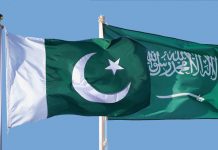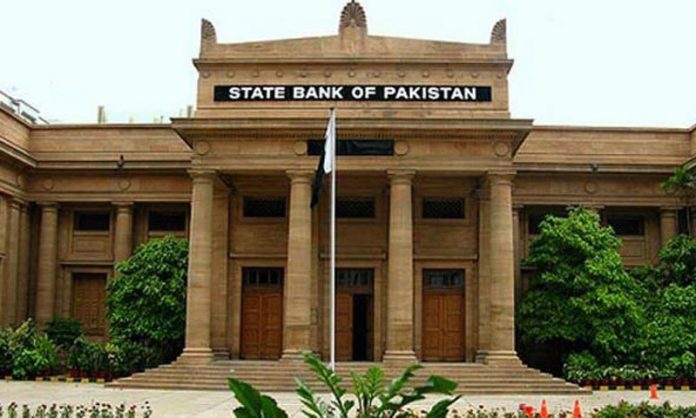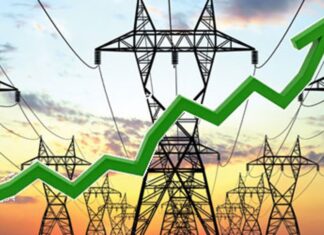KARACHI: The State Bank of Pakistan (SBP) on Saturday said that the Monetary Policy Committee of the SBP has decided to keep the policy rates unchanged at 5.75 per cent.
The SBP’s Monetary Policy Statement (MPS) report said, “The inflation expectations in the current fiscal year continue to remain well anchored.” This has been largely due to the near-absence of any major supply side pressures.
However, rising real incomes in a low-interest rate environment since 2013-14 are indicating signs of a pick-up in domestic demand, which is broadly reflected in the core inflation measures. Going forward, improving consumer confidence, as depicted by IBA-SBP Consumer Confidence Survey of March 2017, indicates further increase in consumer demand. Hence, barring any major cost shocks, domestic demand will define the underlying trend of headline inflation in 2017-18.
The real economic activity continues to gather pace at the back of better agricultural output, increase in key large-scale manufacturing sectors, and a healthy uptick in the credit to private sector. This expansion is helped by a range of factors including low cost of inputs, upbeat economic sentiments, improved energy supplies, and CPEC related investments. As a result, GDP growth is expected to further improve in 2016-17.
Also, prudent monetary policy stance has translated well into low and stable market interest rates, which incentivized the private sector to borrow from commercial banks to finance their businesses and investment activities. Accordingly, private sector credit increased by Rs 349 billion during Jul-Feb 2016-17 as compared to Rs 267 billion in the same period last year. Encouragingly, fixed investment category led the rise in private sector businesses loans by posting Rs 159 billion upticks during this period, compared to Rs 102 billion last year.
Similarly, consumer financing continued the uptrend in the first eight months of the current fiscal year. Improved interbank liquidity conditions also spurred the growth in private sector credit. This was led by both net government retirement to commercial banks and a decent increase in bank deposits compared to the withdrawals seen last year. Furthermore, interbank liquidity was managed well with calibrated open market operations that kept the weighted average overnight repo rate close to the policy rate.
The expansion in economic activity has also translated into a significant increase in imports, which along with the lack of any sustained improvement in exports, and a small decline in remittances has pushed the current account deficit to US$ 5.5 billion during Jul-Feb FY17. While net financial flows remained higher, these were not sufficient to finance the current account deficit.
However, accounting for the positive impact of the recent policy measures to augment exports and check non-essential imports, the current account deficit may be contained in the coming months. Also, a continuation of the financial inflows, CPEC related imports, and any major fluctuation in the global oil price will determine the overall position of the external sector in FY18.
























